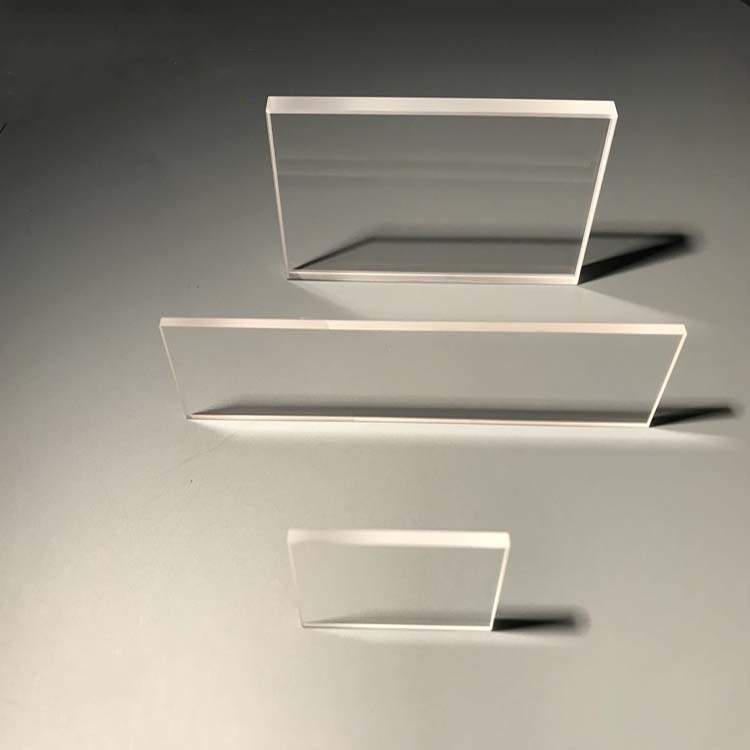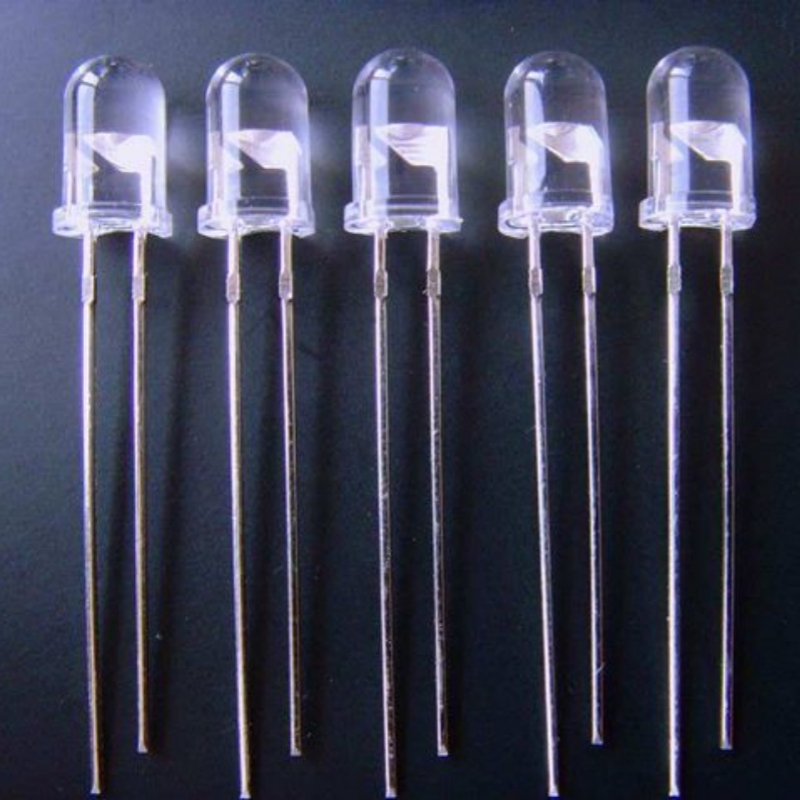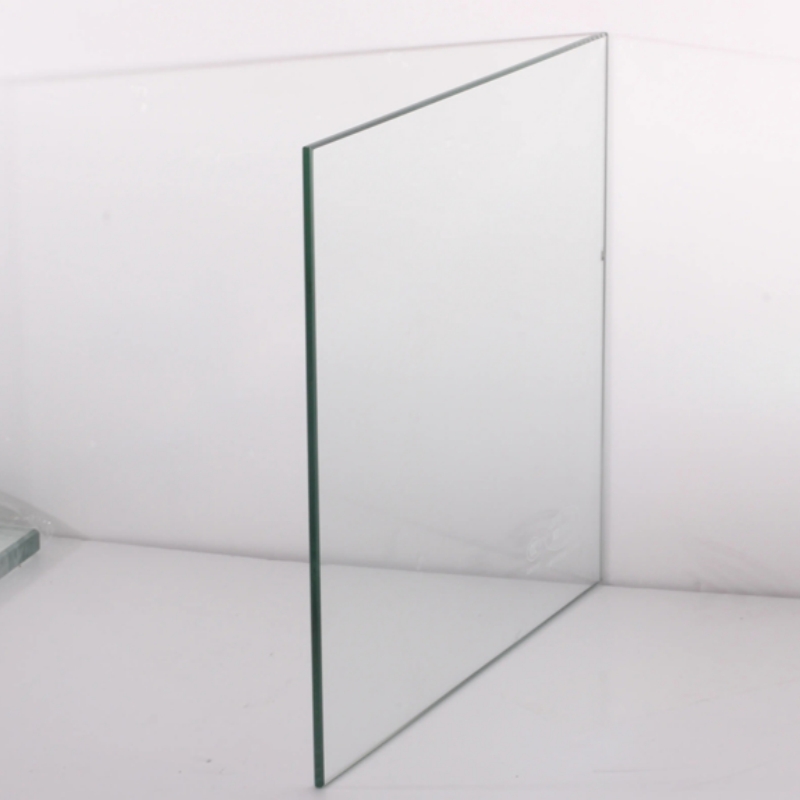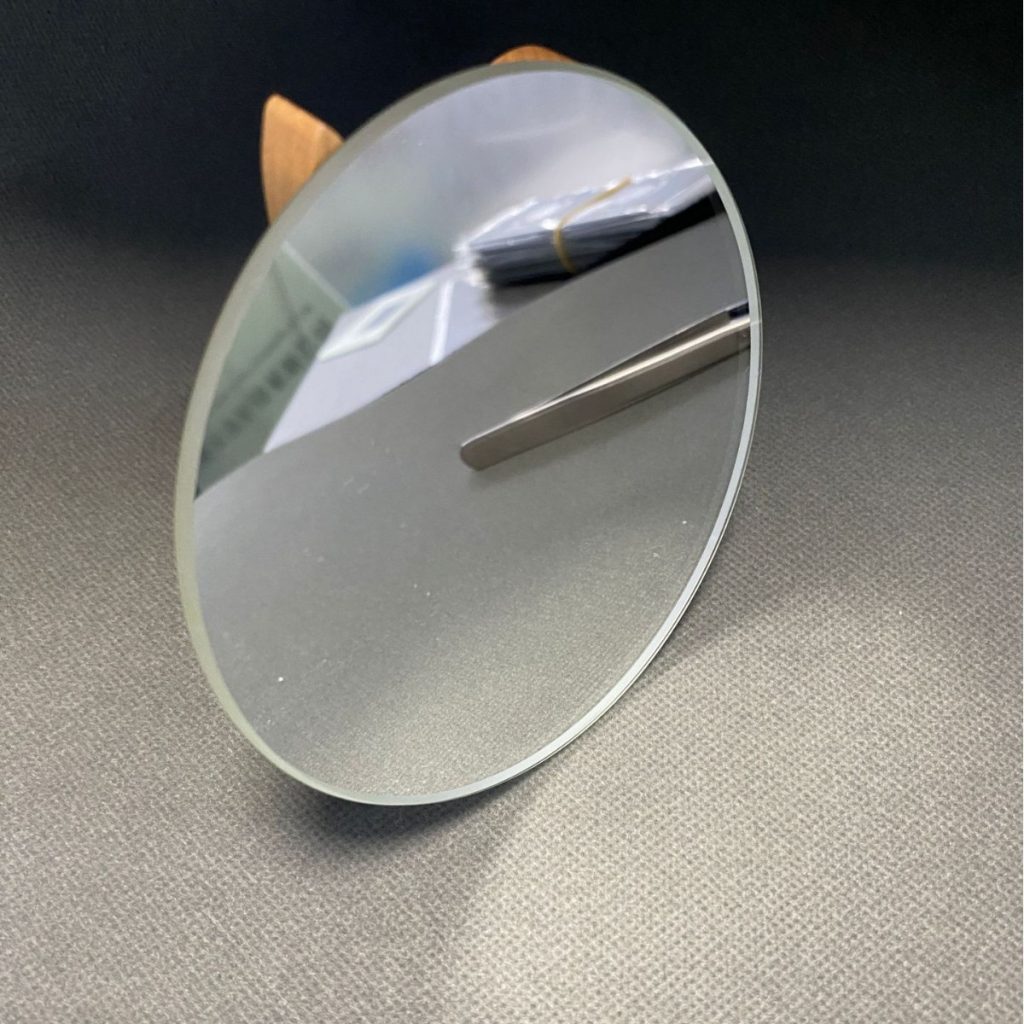Silicon wafer is a high-purity semiconductor substrate widely used in microelectronics, optoelectronics, and photovoltaic applications. Manufactured from monocrystalline silicon, it offers exceptional thermal conductivity, electrical resistivity, and surface uniformity, making it an essential material for integrated circuits, MEMS devices, solar cells, and precision optical components. Its ability to support advanced fabrication processes ensures optimal performance in cutting-edge technologies.
Product Overview
A silicon wafer is a core material used in the manufacturing of integrated circuits and various semiconductor devices, made from high-purity single-crystal silicon. It boasts high density and large-scale production capacity, meeting the high-performance demands of modern integrated circuits. Silicon wafers are produced through processes like photolithography and ion implantation, and are widely used in the semiconductor industry for chip manufacturing, solar cells, and other applications. The crystal lattice structure of silicon makes it a crucial element in semiconductor technology, especially in improving the performance and manufacturing efficiency of integrated circuits.
Key Features
- High Purity: Made from high-purity single-crystal silicon, ensuring stability and high efficiency in integrated circuits and semiconductor devices.
- High Density: Suitable for large-scale production, capable of manufacturing complex circuits and efficient semiconductor devices.
- Excellent Electrical Performance: Features high conductivity and low resistance, meeting the requirements for electrical functionality.
- Customizable Sizes: The diameter and thickness of silicon wafers can be customized to suit different integrated circuit and device manufacturing needs.
Applications
- Integrated Circuits and Semiconductor Devices: Used in the manufacture of microprocessors, memory chips, sensors, and other critical components, driving the advancement of electronics technology.
- Optoelectronic Devices: Used in the production of solar cells, lasers, photodetectors, etc., applied in energy conversion, communication, and detection fields.
- Optical Communication: Widely used in the manufacturing of fiber optic communication and optical waveguide devices, such as modulators, optical amplifiers, and optical filters.
- Optical Sensors: Used in the manufacture of spectrometers, fiber optic sensors, and surface plasmon sensors, with applications in environmental monitoring, gas detection, and medical diagnostics.
| Optical Property | Value |
| Transmission Range | 1.2-15 μm |
| Refractive Index | 3.41776 @ 10μm |
| Reflection Loss | 46.1% @ 10μm |
| Structure | Single crystal, synthetic |
| Cleavage Planes | <111 |
| Physical Property | Value |
| Density | 2.33 g/cm³ |
| Melting Point | 1414 ℃ |
| Thermal Conductivity | 163 W/(m·K) @ 313K |
| Thermal Expansion | 2.6 × 10⁻⁶/K @ 293K |
| Knoop Hardness | 1100 kg/mm² |
| Specific Heat Capacity | 712.8 J/(kg·K) |
| Dielectric Constant | 13 @ f = 9.37 GHz |
| Young's Modulus | 130.91 GPa |
| Shear Modulus | 79.92 GPa |
| Bulk Modulus | 101.97 GPa |
| Poisson's Coefficient | 0.266 |
| Chemical Property | Value |
| Solubility | Insoluble |
| Molecular Weight | 28.09 g/mol |
| Item | Value |
| Material | Silicon wafer |
| Available Size | 3-300mm |
| Growing Method | CZ, FZ |
| Type | N, P |
| Transmittance Range | 1-10μm |
| Crystal Structure | Monocrystalline |
| Orientation | <100>, <111>, <110> |
Submit Your RequirementsWe will contact you within 24 hours.
 WOBO Scientific Research New Materials One-Stop Service Platform
WOBO Scientific Research New Materials One-Stop Service Platform













